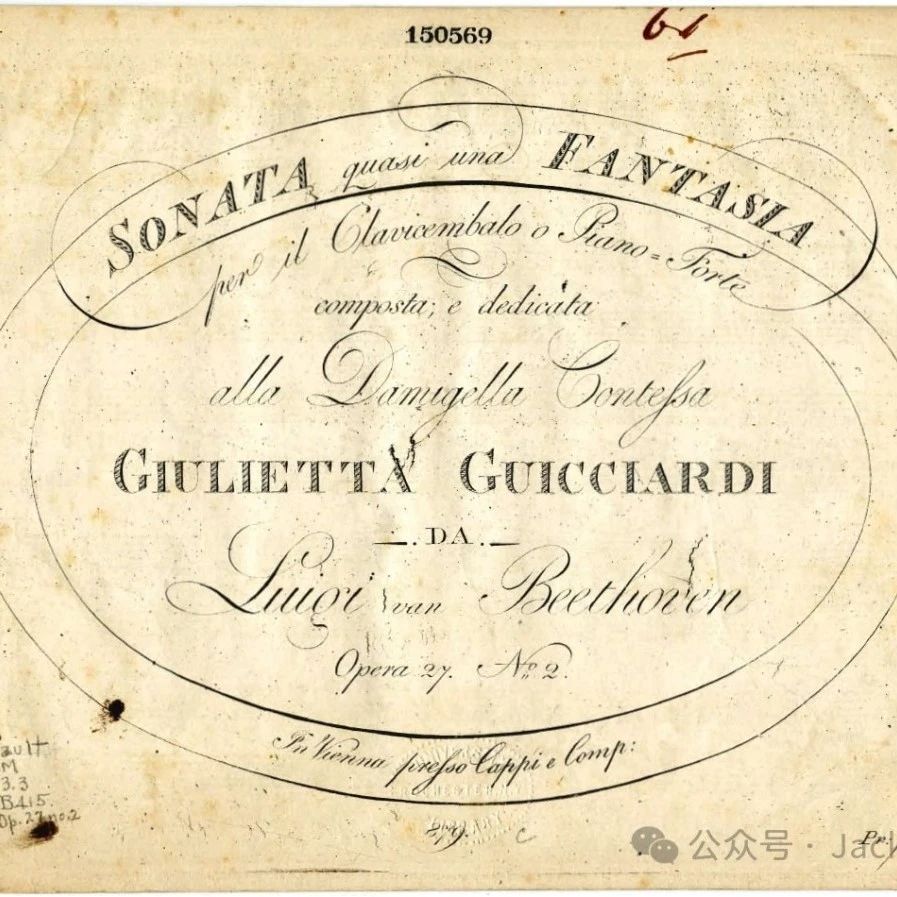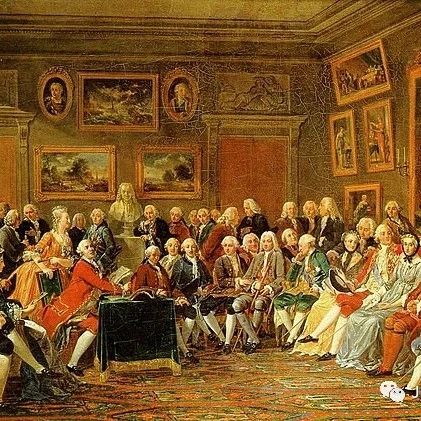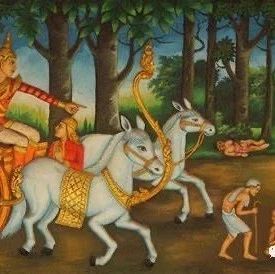Read History with Jack 26 - the City of Pompeii
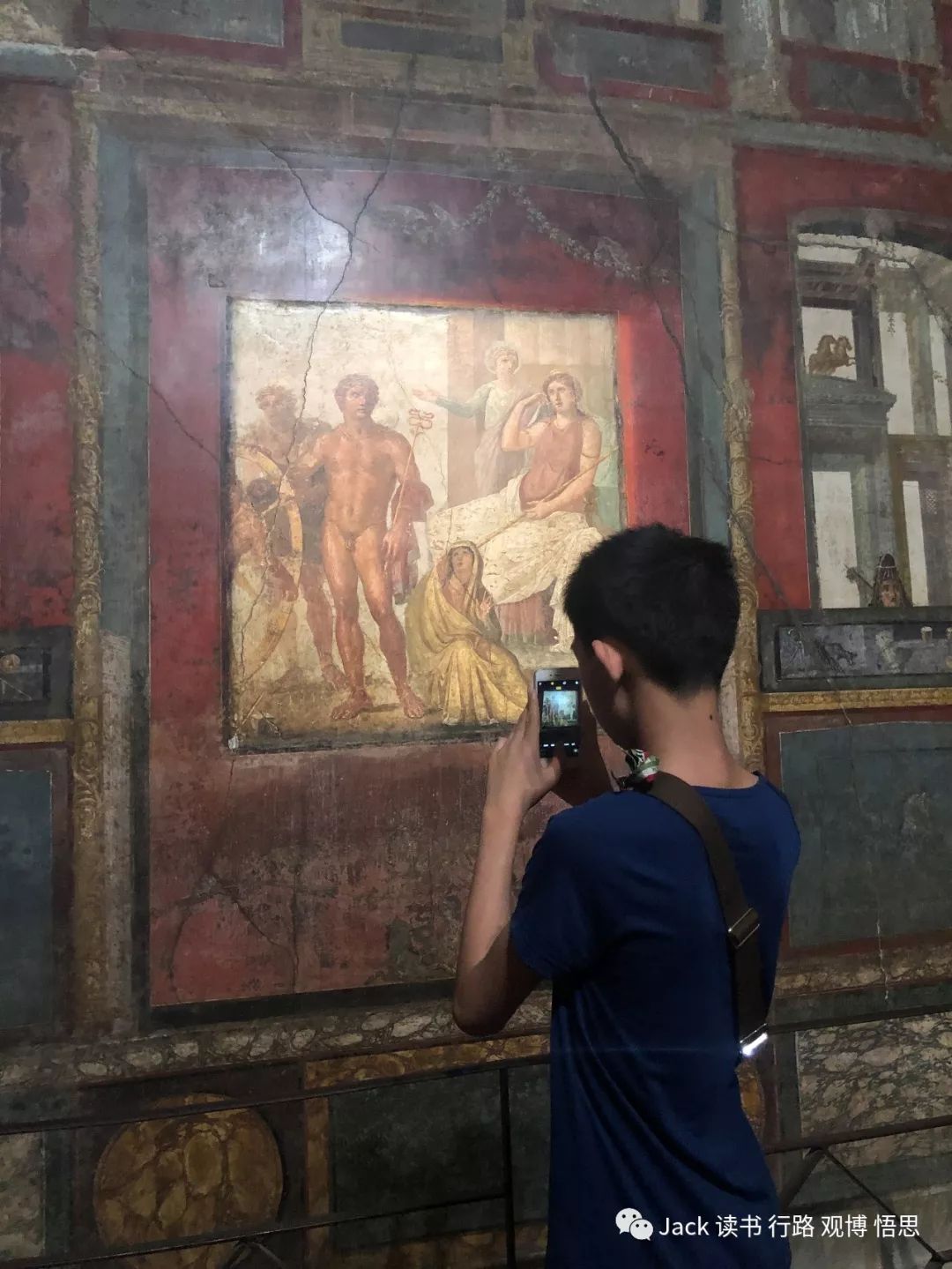
The first time I set foot on the 2000-year old history city of Pompeii, I was immediately conquered by its grand buildings, advanced infrastructures, and its citizens love for their life and nature. But I was also shocked by how weak human forces are in front of nature. Pompeii is a preserved ancient Roman city 23 kilometers southeast of Naples, at the southeastern base of Mount Vesuvius, the volcano destroyed the city on August 24th, 79 C.E. The circumstance of the city's destruction provides a unique and well-preserved look into ancient Roman life.
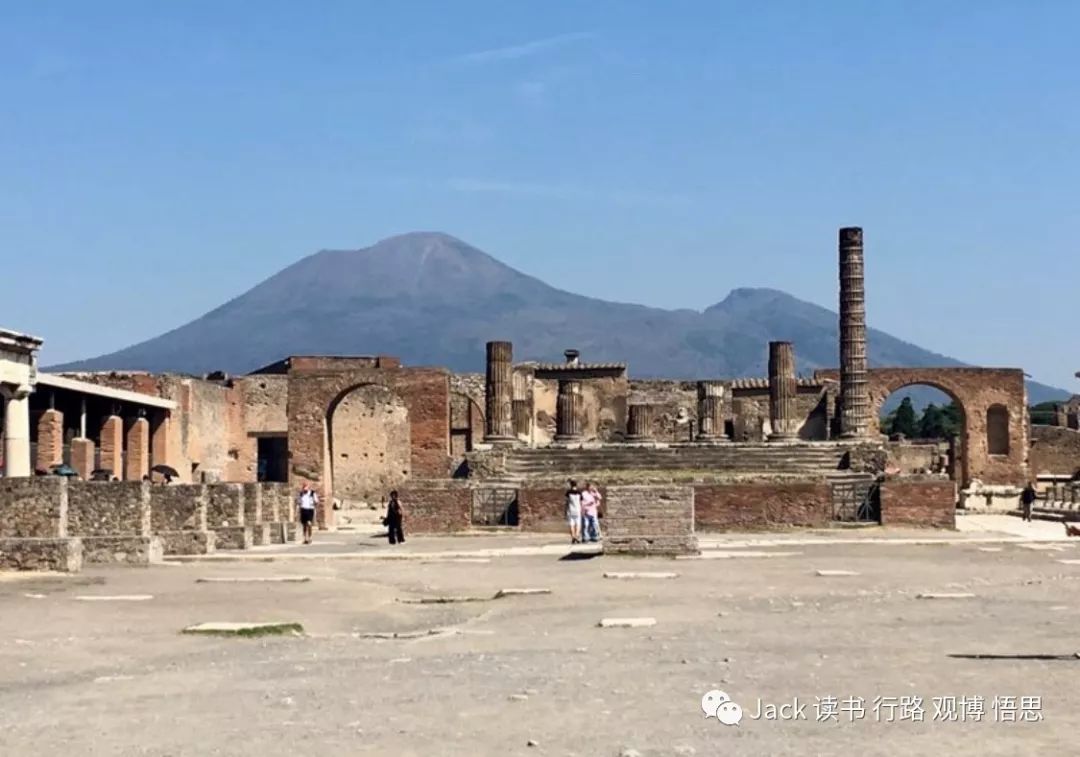
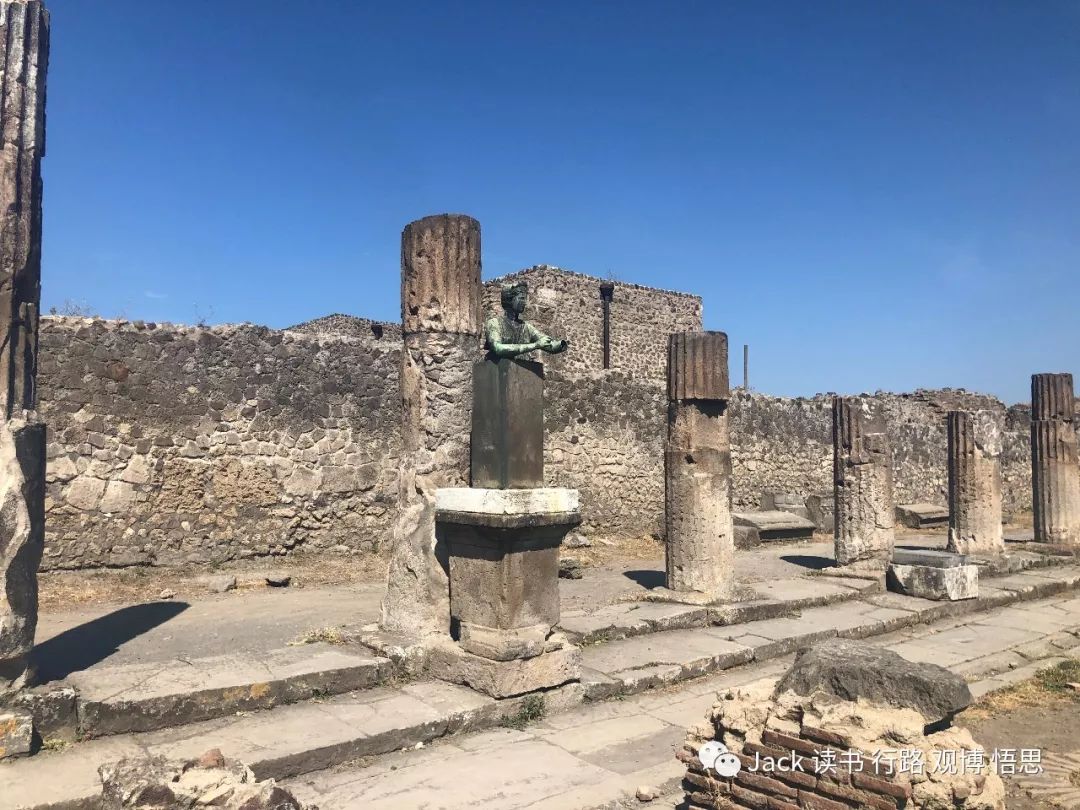
Pompeii was a major trading city back then because of its geographic location. As a result, it made the city very wealthy. At the time of its demise, the city still held a population of about 10,000 to 20,000 citizens. Pompeii was a very prosperous city. I can feel its grandeur and greatness even today, as it became an absolute ruin. There were many tall and intricate buildings in the city. There were temples dedicated to various gods, commodious villas for the rich, etc. I could also get a sense of the strength of the Roman Empire and its culture. In addition, there were clear specializations in the city. There were many shops, markets, and even a supermarket with many floors. Different kinds of products were separated and categorized. I could imagine what it would be like strolling among the shops watching merchants selling goods from different places, and enjoying the exotic flavor of this magnificent city. The villas were decorated with beautiful and elaborate gardens with fountains.
The people living in Pompeii possessed many advanced technologies. The city had many lead-made underground sewers that could bring dirty water out. There were wells that were supplied with fresh water to drink on the streets. This technology to transport water to and from was really what shocked me. Although the sewers were made of lead which is poisonous, still this was 2000 years ago, and by that time the Romans could possess such advanced technology was out of my guess. Pompeii was paved with marble roads so that travel within the city was convenient.
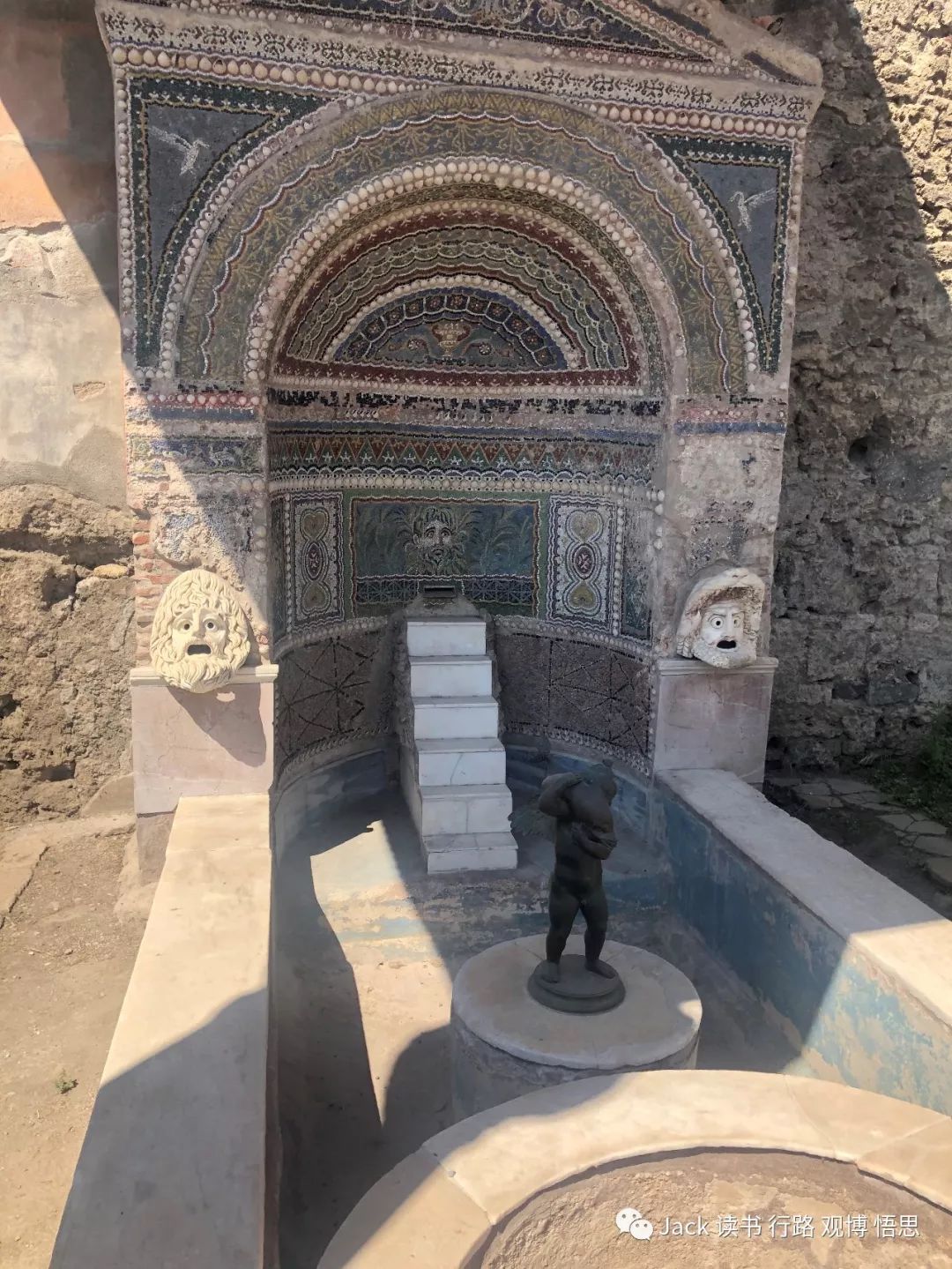
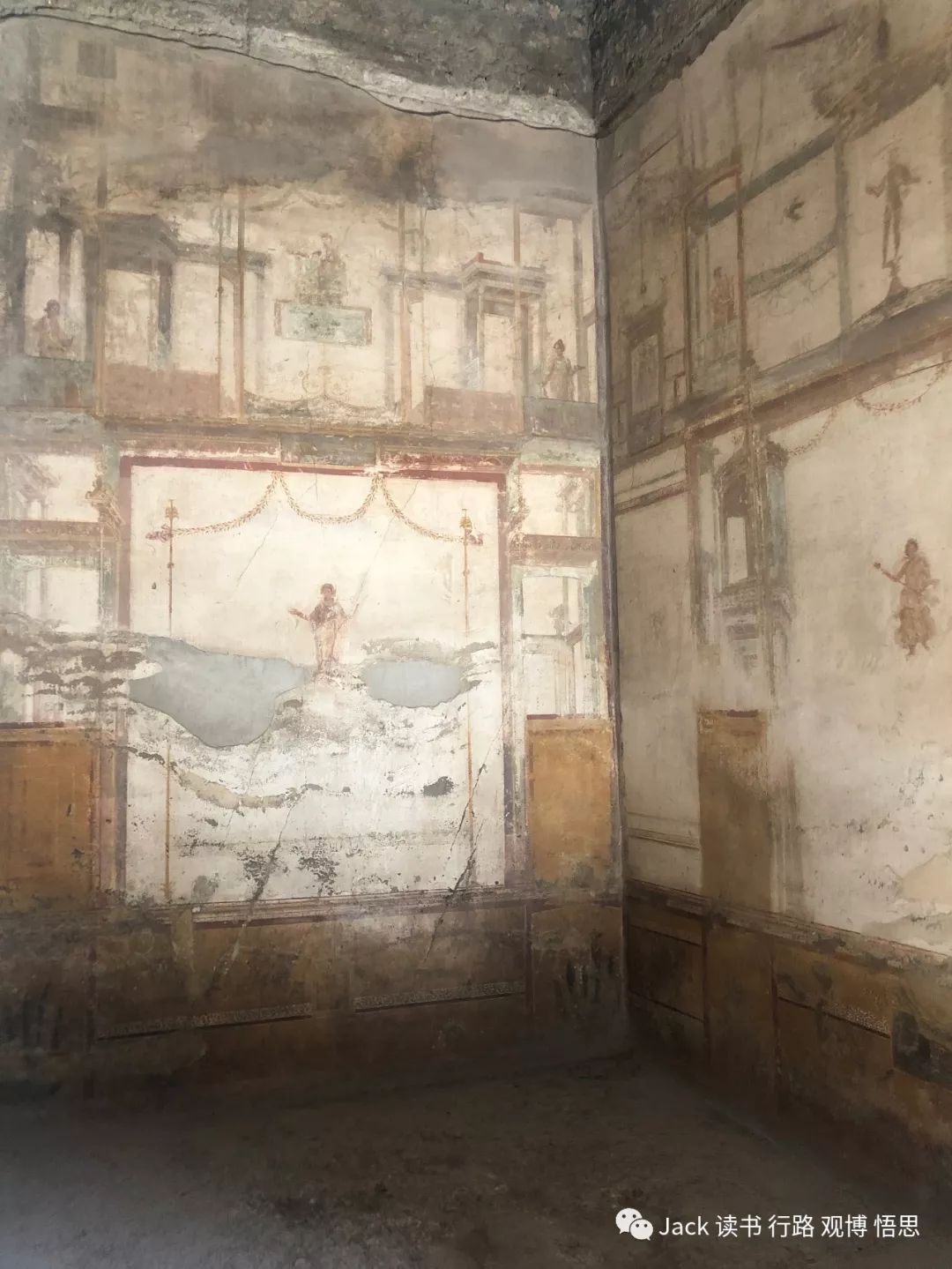
The population in Pompeii enjoyed their life very much. They designed many public baths for the citizens to socialize and relax. Some of them could even hold hundreds and thousands of people. There were cold, warm, and hot baths for you to choose and it must have been comfortable to lie in the water to chat with your friends. Inside many dwellings, the walls were covered with splendid wall paintings, especially inside the villas. I felt really amazed that the citizens of Pompeii could paint so many details that it almost looked like a photograph. They were so marvelously colored and the objects so goodly shaped. Some showed daily life while others showed sceneries and views of different places. There were many rooms in a villa, some acted as bedrooms while others acted like living rooms. In addition, people created artworks that revealed parts of their daily life for us. For example, on a marble there were carved four puppies that seemed just born, they formed a circle and each one was acting on another. There were drawings of gods that they worshipped, like Bacchus, Jupiter, and Apollo, which gave us a glimpse of their culture as well.
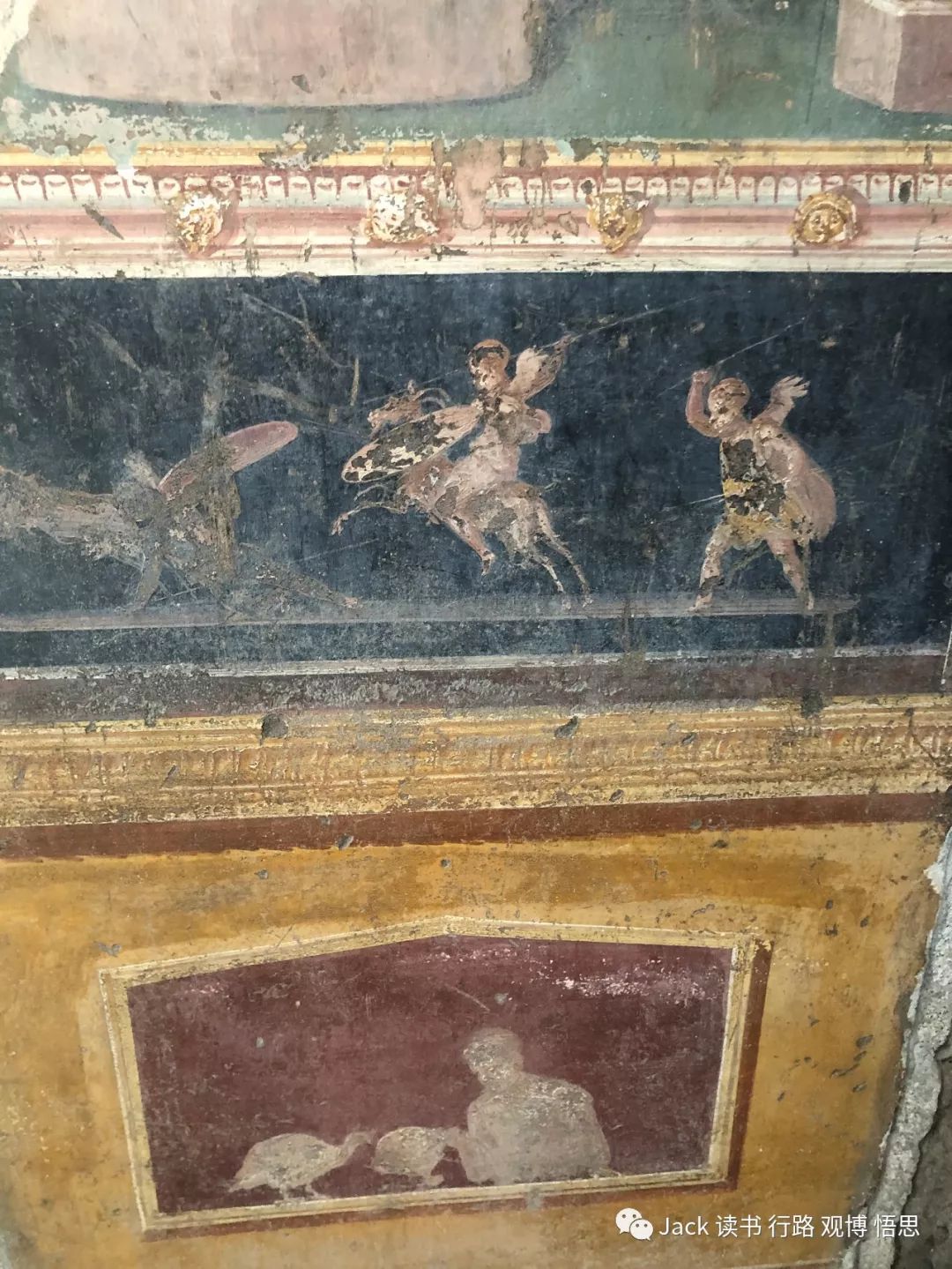
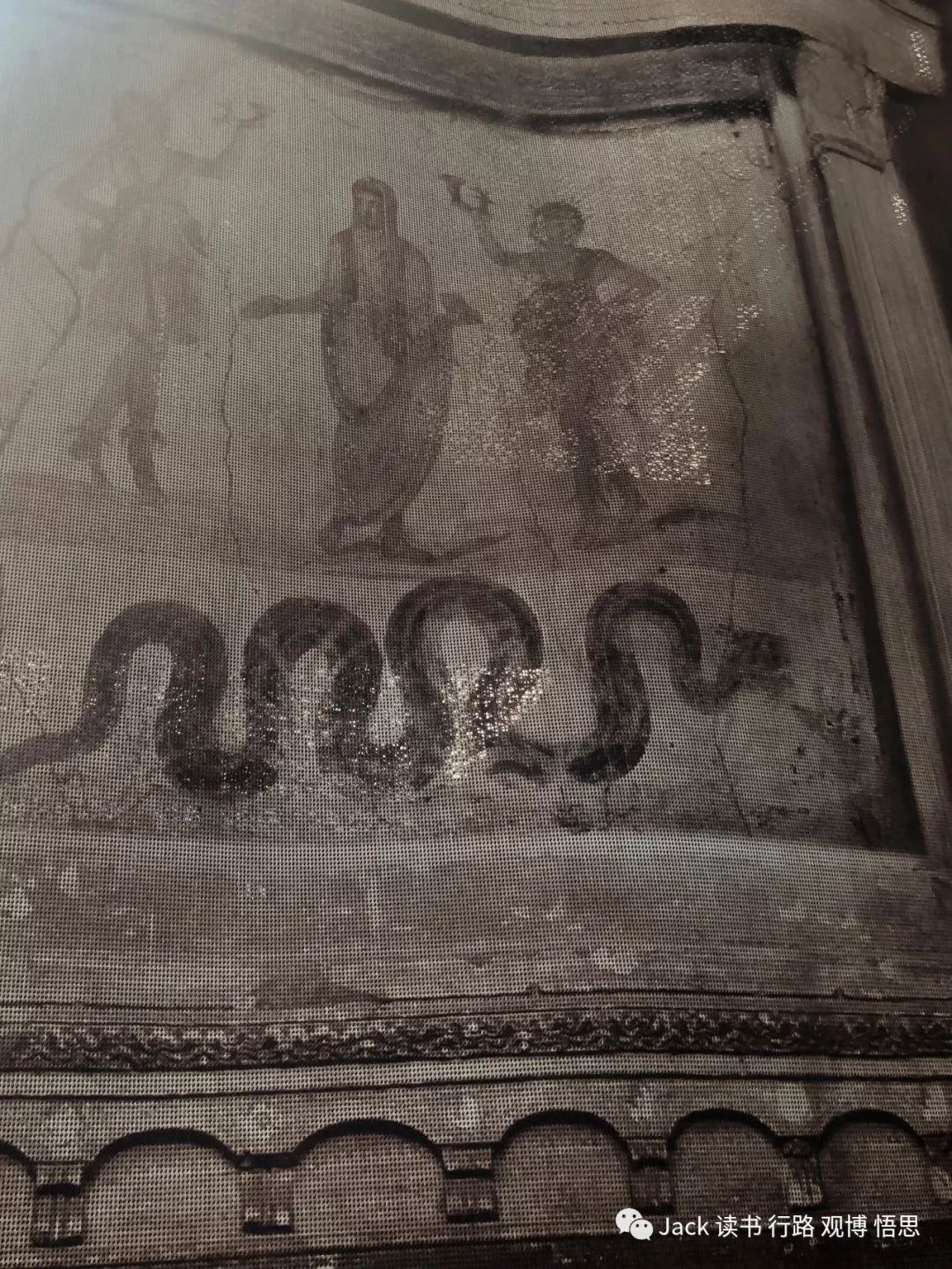
Citizens in Pompeii also enjoyed and revered nature very much. Many of their everyday items and other decorations had designs showing nature on them. There were designs of leaves, flowers, grapes, animals, and many other natural things on them. The delicate design and making gave me a new impression on the Romans.
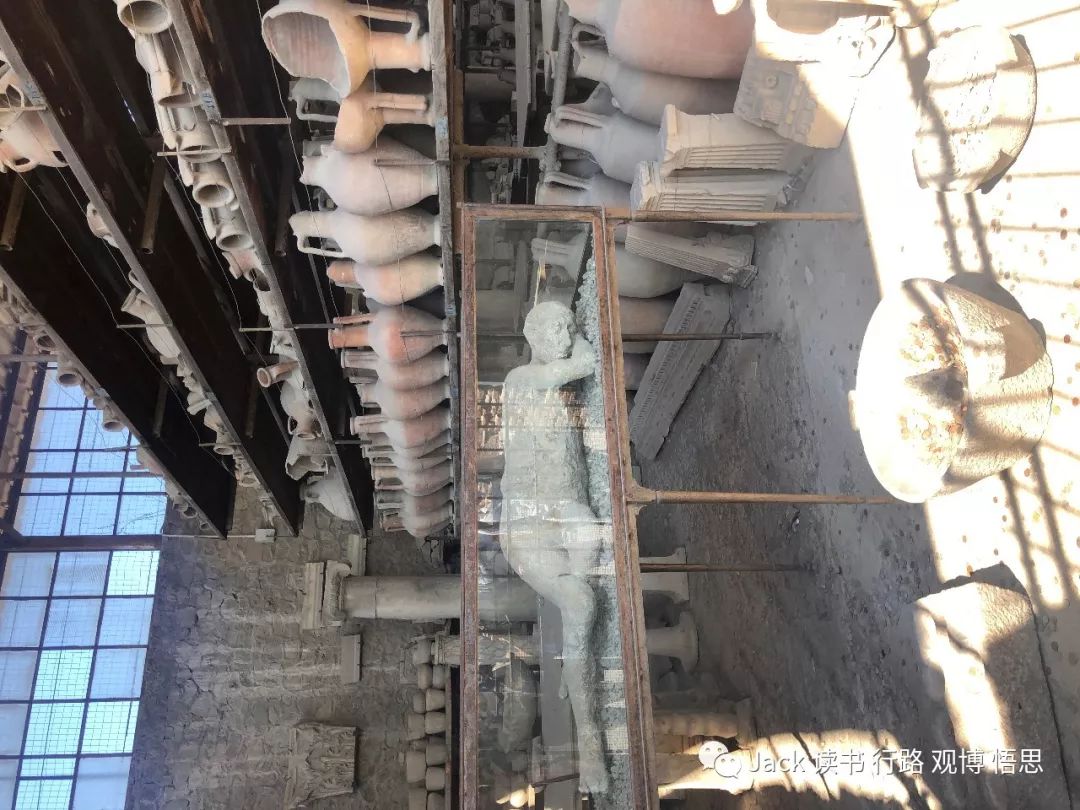
However, no matter how great a culture is, it can never escape the terrible force of natural calamities. In an ordinary summer morning on August 24th, 79 C.E, Mount Vesuvius violently and suddenly erupted, and the whole city was covered with thick volcanic ash within 18 hours. Pliny the Young, a witness of this disaster, wrote:“You could hear the shrieks of women, the wailing of infants, and the shouting of men; some were calling their parents, others their children or their wives, trying to recognize them by their voices. People bewailed their own fate or that of their relatives, and there were some who prayed for death in their terror of dying. Many besought the aid of the gods, but still more imagined there were no gods left, and that the universe was plunged into eternal darkness for evermore.”People were desperate and became hopeless. Many people were choked to death by inhaling the air, some just fell to the ground and were soon covered with volcanic ash that eroded the flesh and what remained were only the bones. Almost there were no survivors in the city and those who fled to the nearby towns like Stabiae later was destroyed by the eruption as well. It was a horrible tragedy.
From this event, we can say that even though we humans might think of ourselves as very strong and unconquerable, our forces are a tiny force if compared to the force of nature. Many great civilizations such as the Harappa culture in India, the Minoans on Crete Island, the Mayans of Central America and the Khmer Empirein Cambodia all fell because of nature or war. Therefore, we should cherish and preserve our cultures today so we can leave some precious memory for posterity.
- 本文标签: 原创
- 本文链接: http://www.jack-utopia.cn//article/508
- 版权声明: 本文由Jack原创发布,转载请遵循《署名-非商业性使用-相同方式共享 4.0 国际 (CC BY-NC-SA 4.0)》许可协议授权


